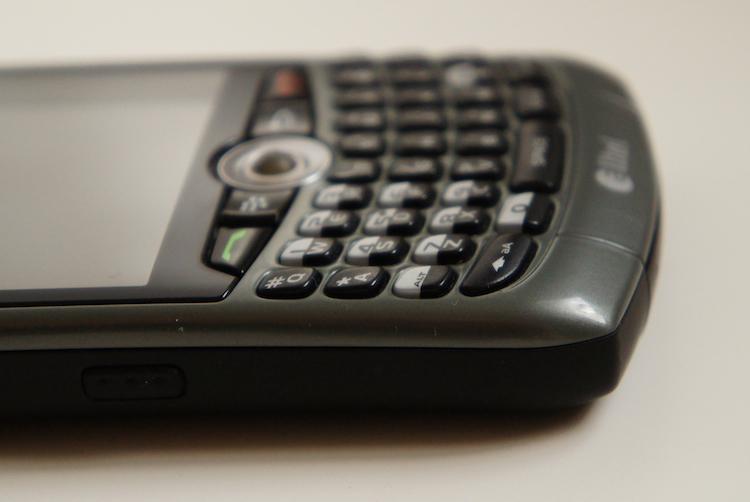
I started my smartphone days with a keyboard. In fact, I wouldn't dare use a phone without a physical keyboard for the first three or four years I used a smartphone. Not long after I bought my second BlackBerry, the original iPhone launched. As much hype surrounded it and as neat as it looked, I didn't even bat an eyelash.
It had no physical keyboard; it wasn't for me.
I had every keyboard shortcut memorized. I could zip around my BlackBerry faster than I could ever imagine navigating on my Android devices or iPhone, even with voice commands and universal search. All it took was pressing a single key from the home screen. I could immediately launch BlackBerry Messenger, Facebook, email, etc.
And typing was a breeze. I took pride in how well I could navigate the chiclet keys without looking. I could type under a desk or in my pocket during class, and with features like AutoText (now Word Substitution), I could type a full sentence – punctuation and all – with just a few keystrokes.
There was no way I was ever going to give up my physical keyboard.
Fast forward just a few years and everything has flip-flopped. I can't imagine using a phone with a physical keyboard anymore, even as I look at the recent leaked BlackBerry 10 N-Series. Don't get me wrong, it looks like a neat device – not unlike one I created with GIMP back in August of last year.
But the phone seriously reeks of 2008.
Even as great as Research In Motion's pocket-sized keyboards are, I can't see myself using one full-time. It comes at too much of a sacrifice, especially when other manufacturers are cramming every bit of new tech they can possibly fit in razor-thin phones. Take the BlackBerry 10 N-Series, for instance. That device can't possibly have a display much larger than 3-inches. In a market where high-end smartphones sport displays 4.7-inches and larger, 3-inches is miniature, laughable.
It's quite obviously geared towards business users, those who are still hanging on to their BlackBerry Bolds and Curves yet want to step into the 21st century. But imagine how the 4:3 display on the N-Series displays applications and handles games. What about those that default to landscape?
I saw a guy just a few days ago tapping on his BlackBerry Bold 9000 keyboard. His enormous hands looked cramped on the tiny phone, and I saw him squint at the display several times. I can only imagine how much more comfortable and happy he would have been with a Galaxy Note II, a DROID DNA or even something a little smaller like a Galaxy S III.
But I can't help but feel I would be just as cramped on a Bold 9000 keyboard, or even this purported N-Series. I would also feel hindered and slow, clunky, outdated. I'm so used to sliding my finger around to type, to the software doing the brunt of the work for me and correcting most of my mistakes.
With all the fond memories and former love I had for BlackBerrys and their physical keyboards, I can't imagine using one again today. And I can't help but feel as if RIM is still hanging on to the past, afraid of what the keyboard-less future will hold.
What do you think about the N-Series, folks? Is the physical keyboard dead – at least in terms of smartphones? Or do you still use a smartphone with a physical keyboard? Should RIM scrap the keyboard altogether? Or will it be a vital differentiator in an otherwise keyboard-less market?